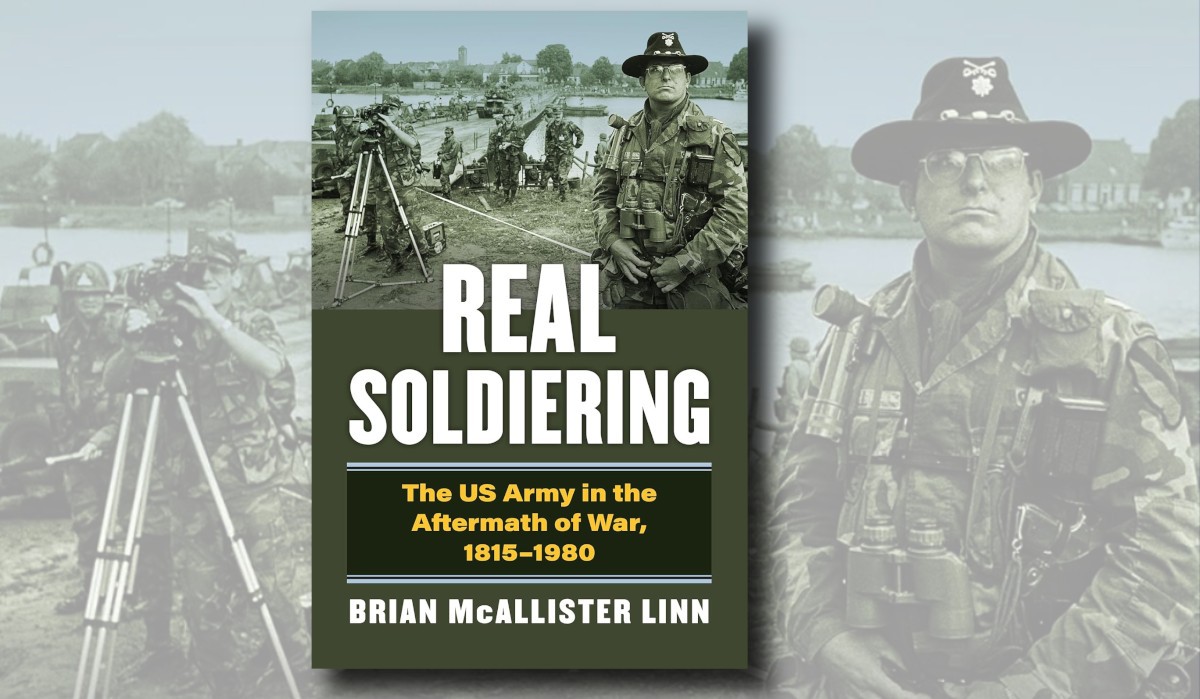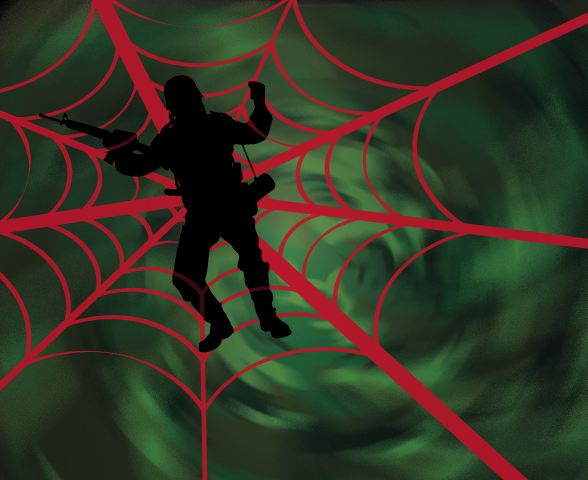To read the commentary and reporting that was published when the Defence Strategic Review (DSR) was released, you would have to conclude that these are dark times for Army and that the need for land power is either diminished or no longer required. Such a perception, however, would be misplaced. The DSR makes it clear that Army must to be able to get out into our immediate region, that it must be able to project land power, and that it must be engaged with our neighbours.
Importantly, the DSR emphasises the need to develop asymmetric advantages relative to malign actors who would seek to disrupt the rules based global order within our region. This requirement is a clarion call for Army to examine what it must contribute to an era that will be characterised by integrated campaigning, where the ADF maximises and applies power to defend Australia and its national interests. The Chief of Defence Force makes the point that ‘to realise our full potential, we will continually seek integration opportunities with other elements of national power and with our allies and partners.’ [emphasis added]
The answer to building an asymmetric advantage is to understand our relative strengths as an Army, and to operationalise them. One of those strengths is Army’s long history of providing military training, advice and assistance (TAA) to partner nations, ranging from the Vietnam War to recent conflicts in Iraq, Afghanistan and Ukraine.
Army’s reputation as a modern fighting force with extensive operational experience in low and mid intensity conflict makes it an attractive option for regional nations to partner, learn, and build their own capability in an era of increasing strategic uncertainty. This reality is manifest in the proliferation of capacity building activities across the region.
In the context of generating an asymmetric advantage, Army’s ability to deliver training and advice to partner nations provides the basis to project land capability into the region. Regular training serials allow Army to practice force projection, to know and understand the security dynamics at play, to build habitual relationships with forces that Australia may wish to partner with, and to exercise the legal arrangements necessary for the ADF to access and conduct overflight of regional countries. The delivery of training with an associated increase in partner capability is a path to building greater resilience against malign influences. The delivery of tailored TAA develops a favourable environment that sets the conditions for the conduct of ADF operations if a response were to become necessary – from natural disasters, to stability operations and up to armed conflict.
A sophisticated TAA capability that can shape and influence the environment, know and understand operational developments, and build meaningful partner capacity, requires more than the delivery of infantry-minor tactics with a barbeque at the end. It requires genuine language proficiency. It requires that our serving men and women develop a deep knowledge of the history, demographics and cultural practices of the partner country. It requires them to demonstrate emotional intelligence. It requires their ability to listen and understand local needs and to then translate that appreciation back to the broader ADF so that it can converge resources and capabilities at a point in time and space that will have the most impact.
None of this effort comes without a cost in time, people and money. The type of soldier described above is the same type wanted by everyone. Army could draw such personnel from its training establishments, but the reality is that meeting directed training requirements is critical to building land capability and addressing hollow units. Currently, the combat brigades and special operations units maintain habitual relationships with partners and are the lead for building partner capacity. Such activities take time away from training in core warfighting skills. They also mitigate against Army’s capacity to introduce new capabilities and skills, and to practice them as an integrated force.
If we accept that TAA missions are important, and that Army has a place leading the ADF’s efforts, then consideration must be given to identifying methods that enable a sustained rate of effort. Permanent organisations in the mould of US Security Force Advisor Brigades (SFAB) or UK Ranger Regiments are appealing as they increase specialisation and focus, but staffing, equipment and financing will necessitate the generation of offsets elsewhere within Army. Economy will be important. While these overseas models provide a level of inspiration for thinking about a similar ADF approach, our region and our situation are unique based on the size of our force, the size of our region, and the variety of strategic partners Australia has.
Building TAA as an asymmetric advantage for the ADF does not need to be revolutionary, rather it can be evolutionary. A potential organisational approach is a small, standing regional training team network that maintains habitual relationships with partners and can act as a pathfinder to pull in other ADF assets at the point where they will have the most impact with the partner nation. Integrated Campaigning notes that ‘perfect sensing and understanding of our operating environment is unrealistic... At the same time, rapid pace of change demands faster decisions and action. What is needed is ‘enough understanding in sufficient time.’ [emphasis added]
There is a framework, with resources, through our region, across Defence Co-operation Programs, and other persistent presences, like 2/30 Training Group, that could be coalesced around a re-imagined Australian Army Training Team (AATT). A new AATV would lead Army’s engagement in the region, be expert in culturally and regionally specific training and act as a critical sensor to inform ADF operations in competition. In such a model, Army units with assigned regional relationships would be called forward to deliver or to respond to crisis, practicing projection and access. The right command relationship with the 1st Australian Division and Joint Operations Command would operate to co-ordinate ADF elements going into the region at the right place and time, and would help focus efforts on achieving theatre-wide objectives.
The DSR is clear about what it wants from Army in order to maintain Australia’s security: get out into our immediate region, project land power from the mainland, and engage our neighbours. To achieve this requires Army to reassess where it can best build asymmetric advantage against adversaries. One of Army’s relative advantages is its reputation as a professional and modern force that is worth learning from. As such Army is right to focus on train, advise and assist capabilities as a way to build security resilience in the region, assure access and co-operation, and know and understand the immediate region. A focussed ADF force structure demands a clear-eyed examination of what is important, what is affordable and what can be done now. Army’s ability to access the region for train, advise and assist missions meets this strategic imperative.
This article is a submission to the Winter Series 2023 Short Writing Competition, 'Army’s Role in Train, Advise and Assist Missions'.




